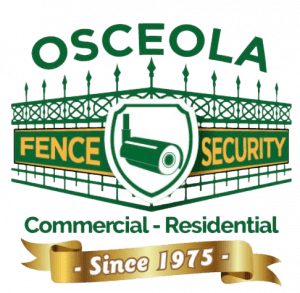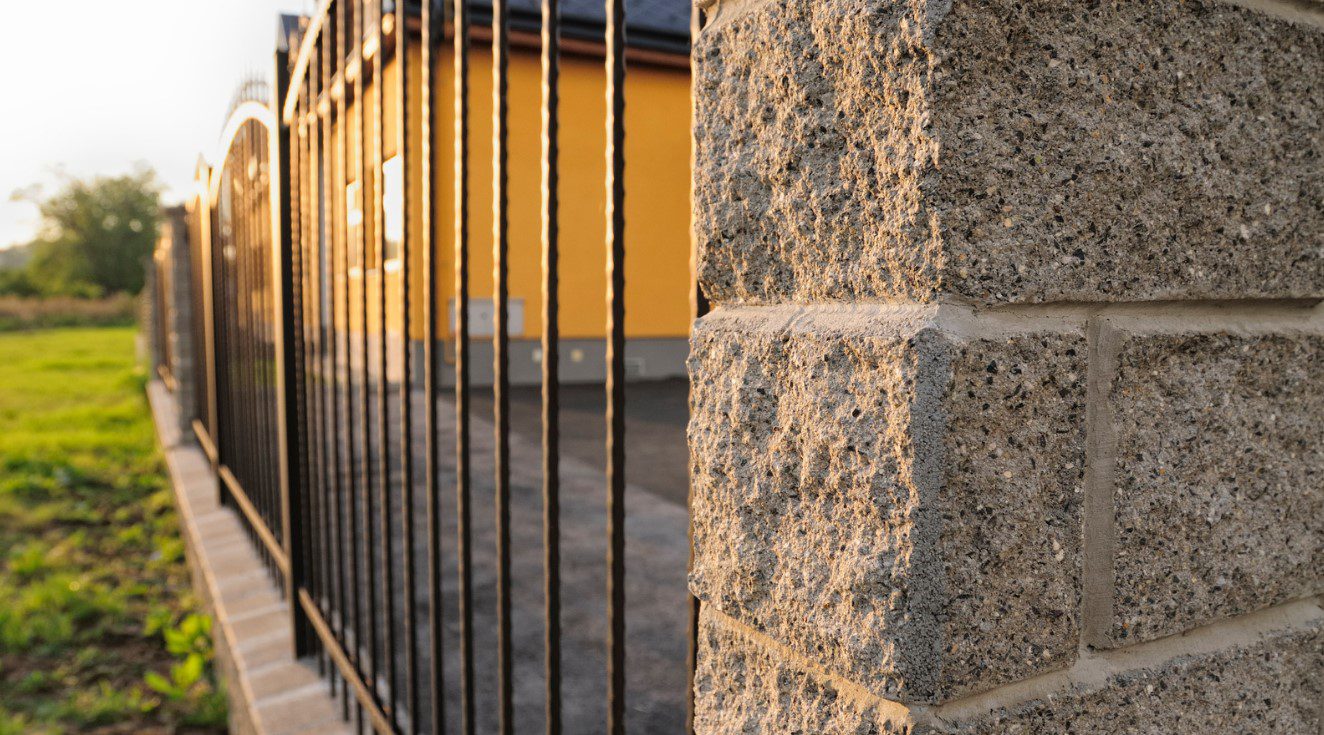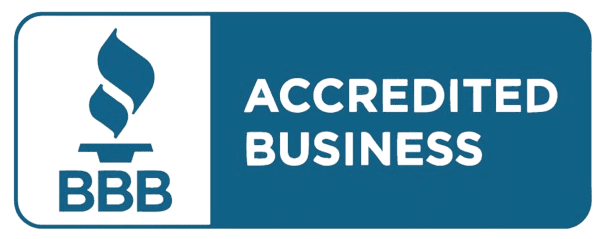Stepped vs Sloped Fence Installation
So you’ve made the decision of installing a fence. You have everything. The date is set. The permits are more than ready. But there is one thing that is causing an issue. The terrain. Sometimes this thing is one that we do not see coming. And it isn’t entirely our fault as customers. We just want a fence, yet, we were dealt a bad hand with the terrain. But, there are two techniques out there that can help in this matter. Stepped vs Sloped Fence Installation. Which one is better? Well, both are, but they depend on the terrain. So, read this article to find out which one you might need depending on the area around your home or business.
If you need further information, we recommend these posts:
Avoid Burglars and Keep your Company Safe
Best fence company Chicago, Wrought Iron Fence Installation in Chicago
Stepped installation
As the name implies, this fencing technique creates a step-like look with the fences. The common situation when this technique is suggested is when the area is full of small hills. The stepping process is all about adjusting to that area. By doing it you can see how the fence climbs higher as if it were a set of stairs. This creates a great aesthetic with each individual panel. The thing is that every panel needs its own measure. So it might require a bit more work than usual but in the end, is worth it.
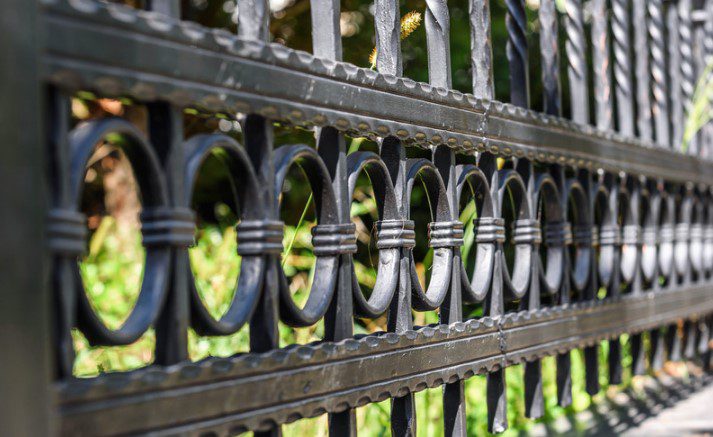
Wrought Iron Fence Installation Chicago
Sloped
While the one adapts to areas with hills this one is more about slops. In a lot of cities in our country, there are areas that are inclined. This can’t be helped. But, it can be fixed. By installing a fence with the sloped technique you can see how easy the installation process will result. By also using individual panels, this technique is all about protecting the gaps between the ground and the fence. Practically eliminating them. A lot of houses love having these fences. Although, it also works for companies.
So, both processes are amazing, you just need to see which one is better for you. So, don’t hesitate when installing a fence. Our contractors can help you fix any issue during the installation. So, call today to learn how we can help you install a fence.
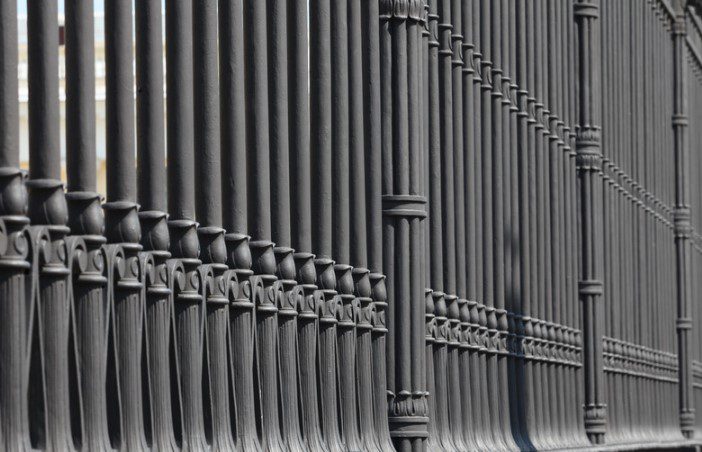
Contact us NOW for a FREE Quote!
Fencing companies Chicago, Commercial Wrought Iron Fences Chicago
